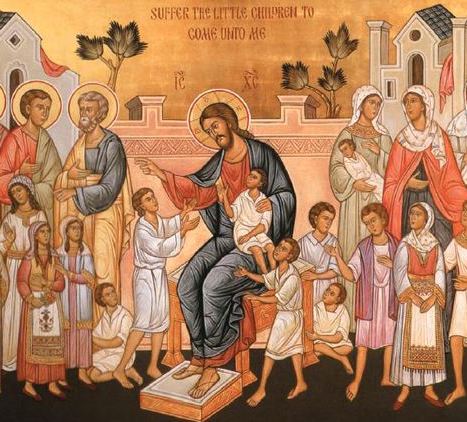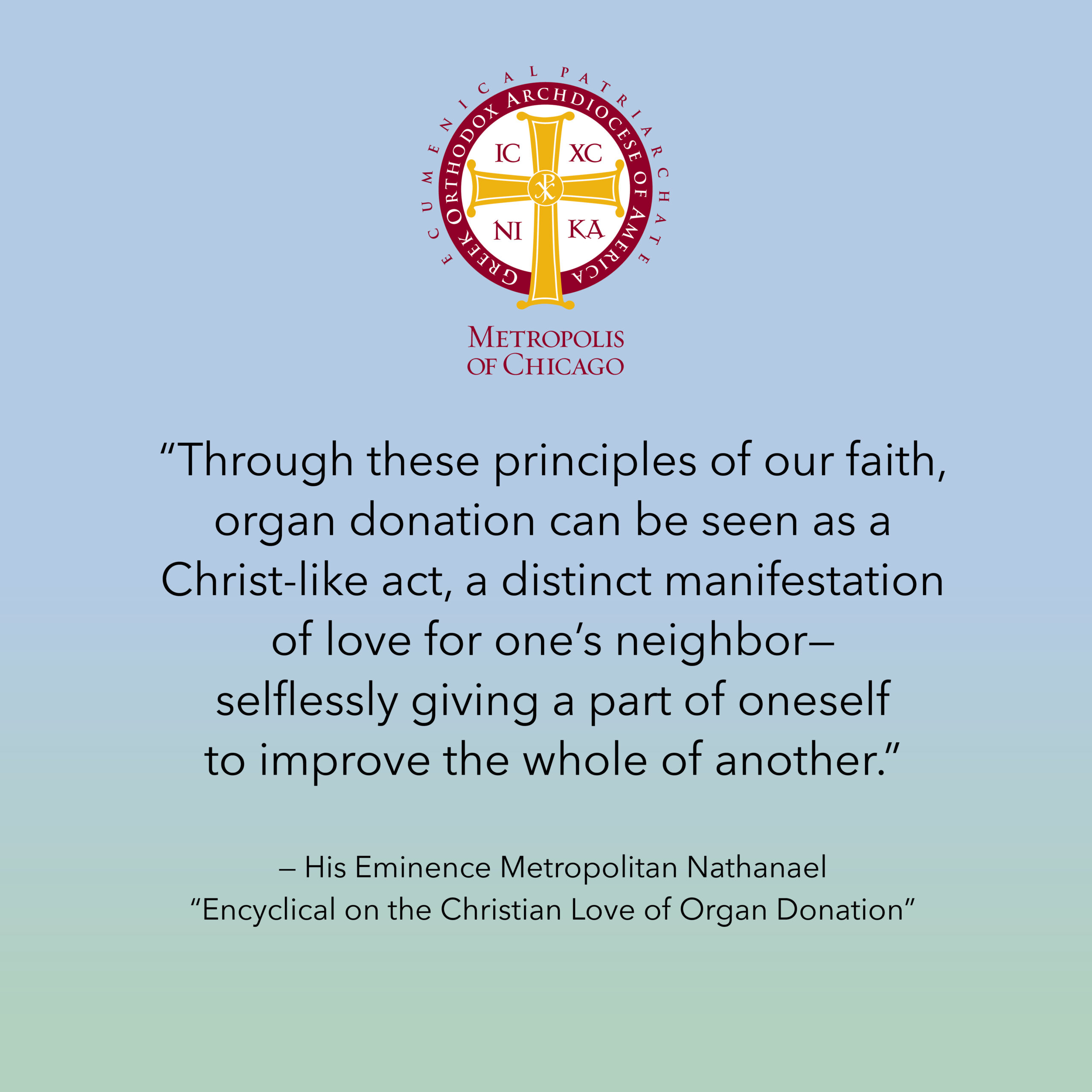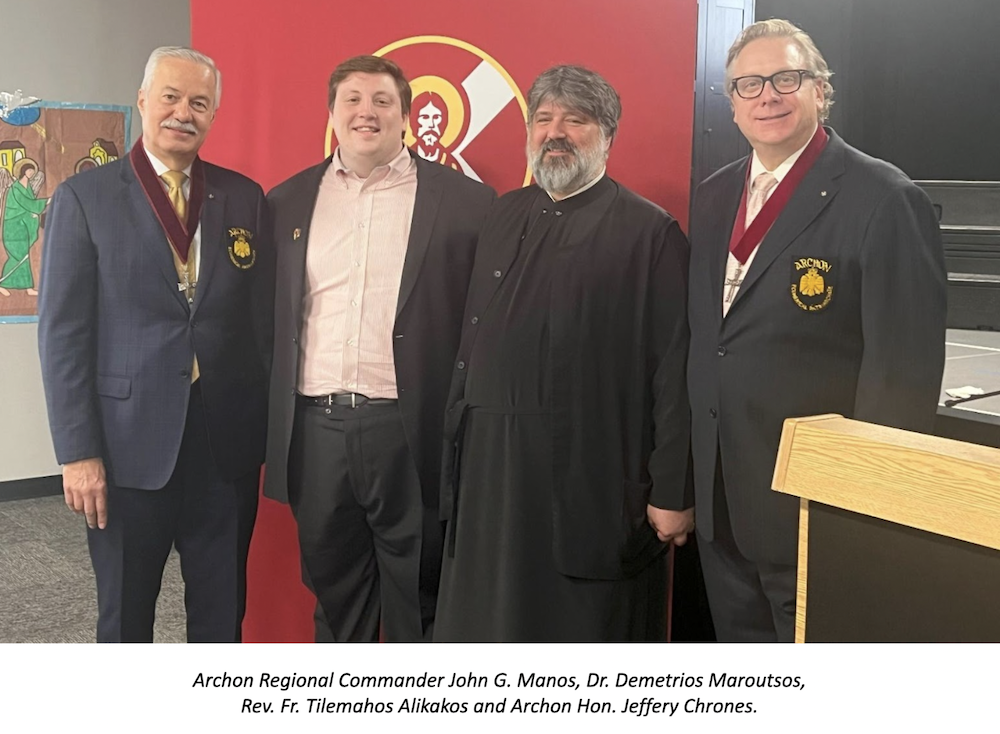August 21, 2020
Introduction
Whenever possible, the use of distance learning platforms should be used for Education Ministries. However, recognizing the benefits of in-person learning, especially for children, the Metropolis of Chicago offers this protocol to its parishes as a way to safely commence in-person learning. Before commencing in-person education programs, each parish must have entered Metropolis Level-3 Parish Preparedness, comply with the Non-Liturgical Educations Program checklist, and receive the blessing of the Metropolis.
Level 3 cleaning, sanitation, personal protection equipment, education, and training protocols remain in effect. Each parish is expected to develop its own plan for conducting its Education Ministries that comply with Metropolis protocols and local orders, laws and ordinances. All programs must abide by the CDC’s social distancing standards and any other safety directives of the Metropolis of Chicago.
With the exception of the parochial day schools under the auspices of Metropolis of Chicago parishes, this protocol is meant to guide all Education Ministries within a parish, including, but not limited to pre-schools, catechetical schools, and afternoon and weekend language schools.
As a reminder, all adults interacting with our children and youth must be in compliance with the Greek Orthodox Archdiocese of America Policies for the Safety of Youth and Children.
Together with the Parish COVID Safety Team, each education ministry director or principal is required to evaluate, develop, implement and monitor:
A. Methods Selected for Education Ministries
B. Policies and Procedures
C. Facilities and Supplies
D. Education and Training
E. Communication and Messaging
F. Visitors, Gatherings, and Events
G. Planning in the Event of COVID Illness
A. Methods Selected for Education Ministries.
Each education activity should be reviewed as to the tolerance for risk by the parish, the students/participants, and the parents or guardians of the students. Consider flexibility in plans to allow migration between risk levels, as applicable.
- Lowest Risk: Students and teachers engage in virtual-only classes, activities, and events.
- More Risk: Small, in-person classes, activities, and events. Groups of students stay together and with the same teacher throughout/across school days and groups do not mix. Students remain at least 6 feet apart and do not share objects.
- Highest Risk: Full sized, in-person classes, activities, and events. Students are not spaced apart, share classroom materials or supplies, and mix between classes and activities.
In evaluating the decision to offer in-person classes/sessions, consider the CDC flow chart regarding school opening that can be viewed here.
B. Policies & Procedures.
1. Use of PPE: With the exception of children under the age of 2, and anyone who has trouble breathing, or is unconscious, incapacitated, or otherwise unable to remove the face covering/mask without help, the use of personal protective equipment, including a face covering/mask, is required of all students, teachers, staff and volunteers. Avoid use of masks with exhalation valves or vents, face shields, and sleeve/neck gaitors/bandanas as face coverings. Consider requiring students to have a back-up face covering/mask in a plastic bag, in case the original face covering/mask becomes compromised or lost. Educate on the importance of washing cloth face covering/mask after daily use.
2. Main Point of Contact: In developing or refining policies and procedures for education ministries at your parish, consider designating one person responsible for addressing COVID-19 concerns. This person should be committed with staying up to date on COVID- 19 guidance from the CDC and state in order to address concerns effectively. Make sure other students, parents, guardians, teachers, staff and volunteers know how to contact this person.
3. Tuition: In these economically challenging times, develop a policy regarding tuition and tuition refunds or abatement if closure due to COVID-19 or students missing school due to COVID-19 illness or exposure.
4. Staying Home: Students, teachers, staff and volunteers who are sick or who have recently had close contact with a person with COVID-19 should be required to stay home and to contact their medical professional for further guidance. Develop policies that require sick staff members to stay at home without fear of job loss or other consequences.
In assessing the progress of programs during COVID-19, you are encouraged to develop a plan to monitor absenteeism of students, teachers, staff and volunteers, cross-train teachers, staff and volunteers, and create a roster of trained back-up teachers, staff and volunteers.
5. Health Checks: In promoting a healthy environment, in addition to face-coverings/masks, develop a plan to conduct daily health checks (e.g., temperature screening and symptom checking) of students, teachers, staff and volunteers, in accordance with any applicable privacy laws and regulations.
6. Attendance and Contact Tracing: You are asked to maintain a record of attendance for the purposes of contact tracing, and to assign a person responsible for the tracing.
7. Limiting Contact: Develop protocols to limit contact among individuals and small groups (e.g., staggered arrival and drop-off times or locations). Develop a drop-off/check-in procedure, as well as a pick-up procedure. The procedures should minimize the entryway and hallway traffic as much as possible (e.g.,directional/one way flow, floor markings to keep proper physical distance). Within the classroom, consider how to provide proper physical distance between desks and keep each student’s belongings separated from others’ belongings (individually labeled containers, cubbies, or designated areas). Also, develop plans to limit sharing of electronic devices, toys, books, and other games or learning aids, and clean and disinfect between users.
C. Facilities and Supplies.
1. Initial Cleaning: In preparing for the return of education ministry activities, facilities need to undergo a similar cleaning as outlined in the Level 2 Parish Preparedness protocol, including assuring that ventilation systems are cleaned and operating correctly.
2. Ongoing Cleaning: It is important for the health and safety of all that a schedule be developed and maintained for increased routine cleaning and disinfection in collaboration with maintenance staff, including frequently touched surfaces (e.g., desks, door handles, railings), communal spaces (e.g., restrooms), and shared objects (e.g., art supplies). Take precautions to assure that cleaners and disinfectants are properly stored for the safety of students and staff, and that areas being cleaned are properly ventilated. If possible, students should maintain an adequate amount of school supplies to avoid having to share pencils, markers, crayons, etc.
3. Social Distancing: Distance between students is required. The CDC recommends 6-feet apart for social distancing, and the American Academy of Pediatrics suggests 3 feet – 6 feet distance between students under certain circumstances. Current public health guidance should be followed. In areas with communal use, such as hallways, gymnasiums, and playgrounds, staggered use of the areas is urged. Consider installing physical barriers, such as sneeze guards and partitions, in areas where it is difficult for individuals to remain at least 6 feet apart. Help your students maintain social distancing by providing physical guides, such as tape on floors and signs on walls.
4. Supplies: As part of the regular supply, consider keeping ample stock of:
•Soap
•Hand sanitizer (at least 60% alcohol)
•Paper towels
•Tissues
•EPA-approved cleaners and disinfectants for COVID-19
•Disposable face coverings (as feasible, in case need for students or staff)
•If possible: no-touch/foot pedal trash cans
•If possible: no-touch soap/hand sanitizer dispensers
•If possible: no touch door openers
D. Education and Training.
Although we have been living and working in the COVID-19 landscape since March, it is important to reinforce with students, teachers, staff ,volunteers, and their families when they should stay home if they have COVID-19 symptoms, have been diagnosed with COVID-19, are waiting for test results, or have been exposed to someone with symptoms of a confirmed or suspected case, and when they can return to school. In addition, reinforcing the importance of social distancing (6 feet or more, when possible), and handwashing with soap and water (at least 20 seconds) or using hand sanitizer, is necessary to promote a safe and healthy learning environment.
E. Communication and Messaging.
1. Messaging. Frequent, consistent communication with students and their parents/guardians about the education activities status, and messages about behaviors that prevent the spread of COVID-19 are encouraged. Communicate how classes are to be taught: in-person, distance, or a combination of methods.
2. Signs. Within the building, post signs in highly visible locations to promote standard protective measures and describe how to stop the spread of germs. Samples of CDC- prepared signs are included for your reference. Among other areas, consider posting signs at entrances, restrooms, classrooms, and administrative offices.
3. Support. Although it is important to educate teachers, staff, volunteers, students, parents and guardians in a developmentally appropriate and accessible manner about COVID-19, it is equally important to balance anxiety related to the information. Encourage staff and students to take breaks from watching, reading, or listening to news stories about COVID- 19—including posts on social media—if they are feeling overwhelmed or distressed. Also, encourage staff members and students to talk with people they trust about their concerns and how they are feeling. Consider developing a plan to support teachers, staff, volunteers, students, and families experiencing trauma or challenges related to COVID-19.
F. Visitors, Gatherings, and Events.
The health and safety of students, teachers, staff, and volunteers is paramount. Education programs are encouraged to restrict nonessential visitors, volunteers, and activities involving external groups or organizations, such as in-person guest speakers. Consider video conferencing for parent-teacher conferences, and virtual experiences, instead of field trips.
G. Planning in the Event of COVID Illness.
1. Attendance Policy. Develop a policy requiring staff, students, and their families to not come to school, and to notify school officials if they have COVID-19 symptoms, are diagnosed with COVID-19, are waiting for test results, or have been exposed to someone with symptoms or a confirmed or suspected case.
2. Quarantine. Determine the parameters to be instituted in the event a student becomes infected or is exposed to COVID-19. Consider whether the individual student, classroom or entire school program will be required to quarantine, and whether the program will convert to distance learning (online) during the quarantine. Develop a system for notifying individuals of closures and restrictions put in place to slow the spread of COVID-19.
3. Cleaning. If someone becomes ill, develop protocols to include closing off areas used by that person and do not use these areas until after cleaning and disinfecting them with EPA-approved products for COVID-19 (for outdoor areas, this includes surfaces or shared objects in the area, if applicable). Among the many CDC recommendations, the school should wait at least 24 hours before cleaning and disinfecting. If 24 hours is not feasible, wait as long as possible.
4. Returning to Activity. Develop policies for returning to school after COVID-19 illness. The CDC’s criteria regarding home isolation and quarantine can assist in guiding these policies.
5. Occurrence of Illness. To protect staff and students, identify an isolation room or area to separate anyone who has COVID-19 symptoms. Establish procedures for safely transporting anyone who is sick to their home or to a healthcare facility, if necessary, and for the collection, quarantine, and delivery of personal belongings of the sick individual.




